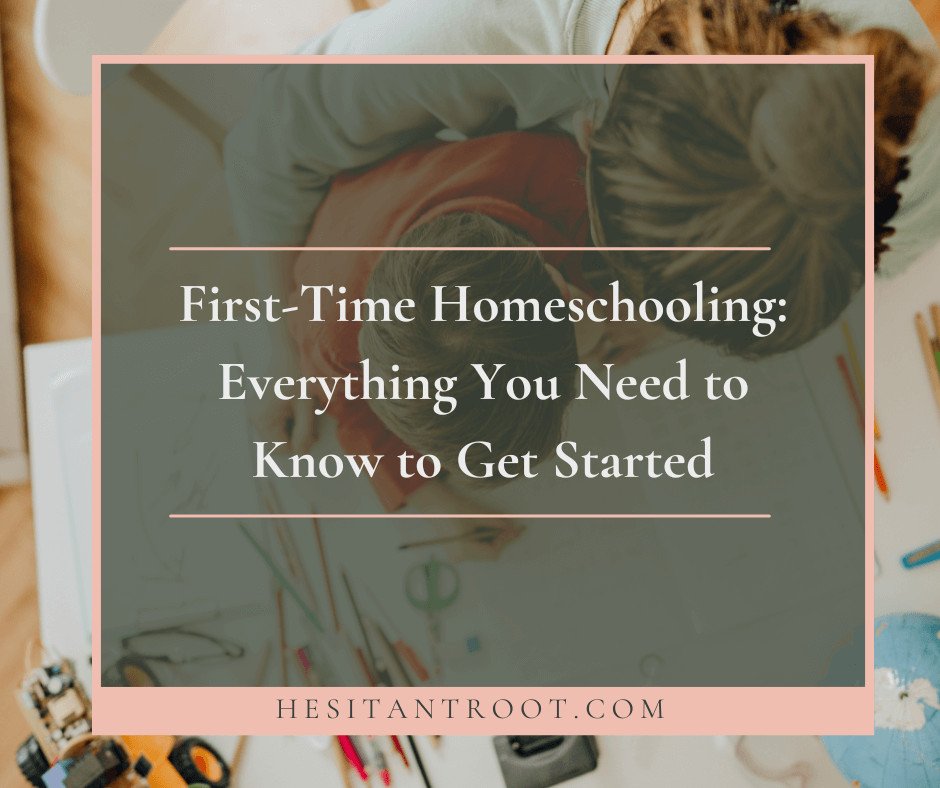Homeschooling can feel like a rollercoaster of emotions, can’t it? Just when you think you’ve finally nailed down a routine or style that works, life throws a curveball—or one of your kids hits a new phase—and suddenly, you’re back at square one. Been there! Between managing our plumbing business and living part-time at a campground in a tiny camper, we’ve had to learn to roll with the punches. Some days, we thrive on structure; other days, we embrace flexibility. I want to share what I’ve learned about the two main approaches to homeschooling—structured and flexible—and how to find what fits your family best.

Contents
What is Structured Homeschooling?
Structured homeschooling is like recreating a traditional school environment at home. It involves a set curriculum, scheduled lessons, and routines that keep everyone on track. Think time blocks for subjects, timers to signal the end of one activity and the start of another—very methodical.
The Benefits of Structured Homeschooling:
- Predictability and Routine: Kids know what to expect, which can feel reassuring for everyone (especially moms who love their planners!).
- Comprehensive Learning: It helps ensure that all the educational bases are covered, so you don’t have to wonder if you’re missing something important.
The Challenges:
- Restrictive for Some Kids: Creative, neurodivergent, or high-energy kids may struggle to stay engaged with a rigid schedule.
- Burnout Risks: Let’s be real, trying to stick to a strict timetable while also keeping the house clean and dinner on the table can feel impossible some days.
For me, structured homeschooling works great when I need predictability. I thrive on routine, and when we’re home, it’s nice to know exactly what the plan is. But too much structure can also make me (and the kids!) feel boxed in.

What is Flexible Homeschooling?
Flexible homeschooling takes a more relaxed approach. It lets kids’ interests and natural rhythms guide the learning process. Instead of sticking to a rigid curriculum, you weave education into everyday life—think spontaneous science experiments in the kitchen or letting a trip to the park turn into a nature study.
The Benefits of Flexible Homeschooling:
- Encourages a Love of Learning: When kids have a say in what they’re learning, they’re more likely to stay curious and engaged.
- Adaptable: It’s easier to fit homeschooling around life’s chaos, whether you’re working part-time, traveling, or managing a busy household.
The Challenges:
- Potential Gaps in Learning: Without a set plan, it’s easy to overlook key subjects.
- More Work for Parents: It takes creativity and effort to ensure your kids are still meeting their educational goals.
In our family, flexible homeschooling has been a lifesaver when we’re on the go. Living in a camper means we don’t always have access to all our materials, so we’ve learned to adapt. But it also requires me to be extra intentional about filling any gaps, which can feel like a juggling act some days.

Factors to Consider When Choosing a Homeschooling Style
So, how do you decide which style is best for your family? Let’s break it down:
Family Dynamics
Every child is different. My kids, for example, are a mix of everything: ADHD, creative thinkers, and hands-on learners. For some, structured lessons work like magic, while others need to stand, move, or switch gears often. It’s also important to think about your teaching style. Are you a planner, or do you prefer to go with the flow?
Parental Availability
Your availability matters! If you’re juggling work or other responsibilities, you might lean toward a style that encourages more independent learning. Some moms I know work full-time from home and use a structured, self-paced curriculum so their kids know what to do while mom works.
Educational Goals
What’s your end game? Some families homeschool to prepare their kids for re-entering traditional school, while others plan to homeschool through high school. Do you want to focus on core academics, or do you value fostering creativity and life skills? Knowing your goals can help you choose an approach that aligns with your vision.

Finding the Balance Between Structured and Flexible
Here’s the thing: You don’t have to choose one or the other. In fact, most homeschooling families (ours included!) find a happy medium. For us, this means:
- Year-Round Homeschooling: We school for four weeks, then take a week off. That week gives me time to catch up on housework, meal prep, or canning, while the kids get a break.
- Flexible Curriculum: We have a structured plan but aren’t afraid to throw it out the window for a day of hands-on learning or a family outing.
- Knowing When to Adjust: If something’s not working—like a curriculum that leads to tears and tantrums—it’s okay to pivot. You’re not locked into any one system.
The key is finding a rhythm that works for you and your kids. What’s important is maintaining your relationship with them. At the end of the day, a peaceful home and strong bonds matter more than checking off every box on your lesson plan.

It’s Okay to Experiment
Mama, hear me out: You’re not going to mess this up. Homeschooling isn’t about perfection—it’s about progress. If you buy a curriculum and it doesn’t work, set it aside. Switch things up if you try a strict schedule and it causes more stress than it’s worth. The beauty of homeschooling is that you can adapt as you go.
Here are some follow-up resources to help you make the best decision for you and your family.
- Jenna Wade Smith – SCHEDULE VS. FLEXIBILITY IN HOMESCHOOL || HOW FLEXIBLE CAN YOU BE IN HOMESCHOOLING || MOM X 3
- How to Manage Your Homeschool Schedule || CONSISTENCY UPDATE
- How I planned 6 kids homeschool schedules! It’s easier than it sounds.
I’d love to hear your thoughts! What’s worked for your family? Are you more structured, flexible, or somewhere in between? Share your tips in the comments—I’m always looking to learn from other moms on this journey. If you find this helpful, subscribe for more homeschooling chats. You’ve got this!

